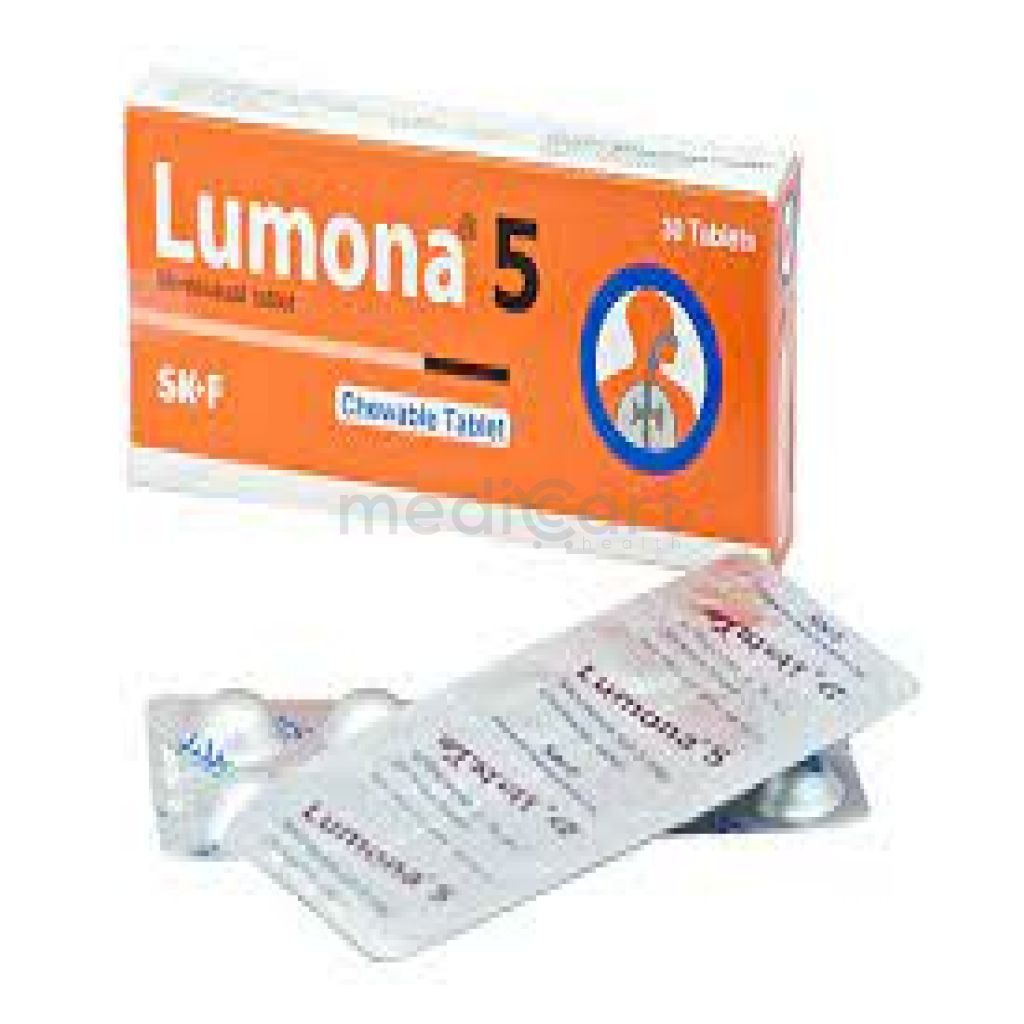

Daparol - 5mg
Tablet
Pack Size :
14 Tablet x 1 Strip
Generics :
Dapagliflozin Propanediol
Manufacturer :
Drug International Ltd.
Best Price *
TK
210.00
* Delivery will be done in Dhaka city only.
More Information About - Daparol - 5mg
Description
Generic Name
Dapagliflozin propanediolPrecaution
CV disease; history of hypotension. Monitor vol status & electrolytes. UTI. Childn. Elderly. Lactation: Unknown whether distributed in human breast milk; breast feeding women should discontinue dapagliflozin or nursing taking into account the importance of the drug to the motherIndication
Type 2 diabetes mellitusContra Indication
Hypersensitivity to dapagliflozin propanediol or to any of the excipients. Moderate to severe renal impairment; end-stage renal disease; active bladder cancer. Pregnancy (2nd & 3rd trimester) & lactation.Dose
N/ASide Effect
>10% Renal impairment 1-10% Female genital mycotic infections (6.9-8.4%),Urinary tract infection (4.3-5.7%),Increased urination (2.9-3.8%),Male genital mycotic infections (2.7-2.8%),Dyslipidemia (2.1-2.5%),Constipation (1.9-2.2%),Discomfort with urination (2.6-2.1%),Extremity pain (1.7-2%),Volume depletion <1% Hypersensitivity (0.3%)Pregnancy Category
Name : Not Classified
Description
FDA has not yet classified the drug into a specified pregnancy category.Mode of Action
Dapagliflozin is a highly potent, selective, and reversible inhibitor of sodium-glucose cotransporter 2 (SGLT2) that improves glycemic control in patients with type 2 diabetes mellitus by reducing renal glucose reabsorption leading to urinary excretion of excess glucose (glucuresis).Interaction
Hypoglycemia may occur w/ concomitant use w/ insulin & insulin secretagogues eg sulfonylureas. Decrease in Cmax & AUC w/ rifampin. Increase in Cmax & AUC w/ mefenamic acid. Increased thiazide & loop diuretic effects; may increase risk of dehydration & hypotension. Pioglitazone.Pregnancy Category Note
Pregnancy Based on animal data showing adverse renal effects drug is not recommended during second and third trimesters of pregnancy Limited data in pregnant women are not sufficient to determine drug-associated risk for major birth defects or miscarriage; there are risks to mother and fetus associated with poorly controlled diabetes in pregnancy In animal studies, adverse renal pelvic and tubule dilatations, that were not fully reversible, were observed in rats when administered during a period of renal development corresponding to late second and third trimesters of human pregnancy, at all doses tested Clinical considerations Poorly controlled diabetes in pregnancy increases maternal risk for diabetic ketoacidosis, preeclampsia, spontaneous abortions, preterm delivery, still birth and delivery complications; poorly controlled diabetes increases fetal risk for major birth defects, stillbirth, and macrosomia related morbidity Lactation There is no information regarding presence of dapagliflozin in human milk, effects on breastfed infant, or on milk production; drug is present in milk of lactating rats; however, due to species-specific differences in lactation physiology, clinical relevance of these data are not clear Since human kidney maturation occurs in utero and during first 2 years of life when lactational exposure may occur, there may be risk to developing human kidney; because of potential for serious adverse reactions in breastfed infants, advise women that therapy is not recommended while breastfeedingAdult Dose
Type 2 Diabetes Mellitus Improve glycemic control Indicated as an adjunct to diet and exercise to improve glycemic control with type 2 diabetes mellitus (T2DM) Initial: 5 mg PO qDay in AM May increase to 10 mg qDay in patients tolerating 5 mg/day who require additional glycemic control Reduce risk of hospitalization for heart failure Indicated to reduce hospitalization risk for heart failure in adults with T2DM and established cardiovascular disease (CVD) or multiple CV risk factors 10 mg PO qDay in AM Heart Failure Indicated to reduce the risk of cardiovascular death and hospitalization for heart failure (HF) in adults with HF (NYHA class II-IV) with reduced ejection fraction 10 mg PO qDay Chronic Kidney Disease Indicated to reduce risk of sustained eGFR decline, end-stage kidney disease (ESKD), cardiovascular death, and hospitalization for HF in adults with chronic kidney disease (CKD) who are at risk of progression 10 mg PO qDay Hepatic impairment Mild or moderate: No dosage adjustment required Severe: Not studiedChild Dose
N/ARenal Dose
Renal impairment eGFR>45mL/min/1.73 m2: No dosage adjustment required eGFR 25 to <45 mL/min/1.73 m2 T2DM: Not recommended HF or CKD: No dosage adjustment required eGFR <25 mL/min/1.73 m2 Initiation not recommended Patients with HF or CKD may continue 10 mg/day to reduce risk of eGFR decline, ESKD, CV death, and HF hospitalizationAdministration
Administer in the morning, with or without foodDisclaimer
The information provided herein are for informational purposes only and not intended to be a substitute for professional medical advice, diagnosis, or treatment. Please note that this information should not be treated as a replacement for physical medical consultation or advice. Great effort has been placed to provide accurate and comprehensive data. However, Medicart along with its authors and editors make no representations or warranties and specifically disclaim all liability for any medical information provided on the site. The absence of any information and/or warning to any drug shall not be considered and assumed as an implied assurance of the Company.






